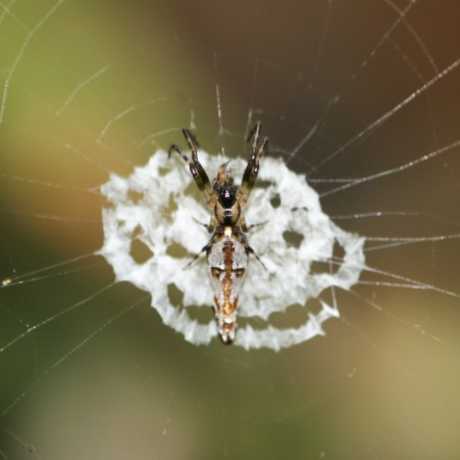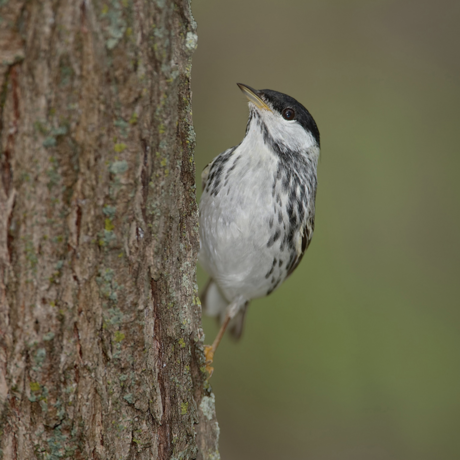Science News
Monday Bites: Smart Birds and the Importance of Fish Pee

Fish Pee
Just how important are big fish to a coral reef ecosystem? Very, according to a study published last week in Nature Communications. Jacob Allgeier and his colleagues spent four years studying 143 fish species at 110 sites across 43 Caribbean coral reefs. The study sites varied in the amount of fishing pressure sustained, from marine preserves that ban all fishing to heavily fished reefs where large predator fish are almost gone.
The researchers found that reefs with more large predator fish had healthy levels of nutrients, while reefs depleted of large fish had about half the nutrients, including phosphorus and nitrogen, essential to coral survival. Where do these nutrients come from? Big fish pee.
When fish urinate, they release phosphorus into the water. This phosphorus, along with nitrogen excreted as ammonium through the gills of fish, is crucial to the survival and growth of coral reefs.
“Fish hold a large proportion, if not most of the nutrients in a coral reef in their tissue, and they’re also in charge of recycling them. If you take the big fish out, you’re removing all of those nutrients from the ecosystem,” says Allgeier. “Simply stated, fish biomass in coral reefs is being reduced by fishing pressure. If biomass is shrinking, there are fewer fish to pee.”
Smart, String-Pulling Birds
At Science Today, we love smart birds. So when we heard about smart birds of Barbados passing a string-pulling test, we couldn’t wait to read more. It turns out that string-pulling is considered one of the most complex problem-solving tasks for animals. While many birds, including several corvids and parrots, are capable of string pulling, the association between string-pulling and cognitive traits has not been fully explored, and most previous studies were carried out using captive birds.
For this test, scientists observed the string-pulling ability of wild-caught Carib grackles (Quiscalus lugubris) and Barbados bullfinches (Loxigilla barbadensis) by suspending food in a cylindrical container that was attached to a perch using string, which could be reached by a series of coordinated actions. To determine if individual variation in performance could be predicted by results on other tasks, the authors compared the birds’ performance on string-pulling to six other behavioral measures, including problem solving, temperament, and learning.
Two of the 31 grackles and 18 of the 42 bullfinches passed the string-pulling test. Due to the low number of successful grackles, further correlational analysis was not possible. The string-pulling performance in bullfinches was found to be unrelated to any of the other tasks tested. The team also found that string-pulling performance improved in some birds when given a second chance, suggesting that in at least some individuals, motor trial-and-error learning may have occurred. Go, bullfinches!
Smart, Singing Birds
Could a song before hatching prepare a bird for a warming planet? According to a study published last week in Science, for zebra finches (Taeniopygia guttata), a parental tune during warming temperatures certainly can.
Scientists Mylene Mariette and Kate Buchanan placed small microphones in nests of incubating zebra finches, which revealed that, in over 600 hours of audio recording, parents only called to their eggs when ambient temperatures rose above 26°C (79°F). And only within five days of hatching, “once embryos had presumably developed hearing capacities,” explains Mariette. “This suggests that parents are deliberately communicating with their embryos about the heat.”
The researchers then placed zebra finch eggs in artificial incubators. They played recordings of the parental heat calls to some of the eggs, discovering the embryos were paying attention to their parents’ calls. “Nestlings hatched from eggs exposed to this heat-warning call reacted differently to temperature after hatching, compared to control nestlings that heard another type of parental call,” she says.
“Prenatal acoustic exposure changed both how nestlings solicited food to their parents, and how much weight they gained throughout their development, in relation to temperature,” Mariette says. “Astonishingly, the calls birds heard as embryos impacted on these individuals until adulthood, up to two years later. We found that adjusting their growth rate to ambient temperature allowed experimental birds to themselves produce more young as adults.”
Image: emily/Flickr


